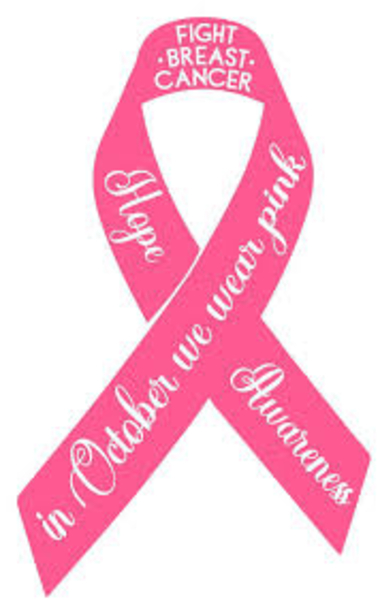Breast cancer awareness: Inclusivity in early detection

- by Ralph Cornelius
DNP, ARNP, FNP-C
Diversity Family Health
Every October, pink ribbons remind us of the importance of breast cancer awareness. But the conversation often overlooks part of our community. Breast cancer screening isn’t just for cisgender women—it matters for transgender women, transgender men, and nonbinary people too.
Early detection saves lives, but only if everyone feels welcome and included in the process.
Breast cancer is one of the most common cancers worldwide. In the U.S., about 1 in 8 women will be diagnosed during their lifetime. For transgender and nonbinary people, the data is still catching up—but what we do know is clear: risk exists, and disparities in screening make outcomes worse. Discrimination, lack of provider knowledge, and the fear of being misgendered all contribute to skipped screenings.
For transgender women, breast cancer risk depends largely on hormone use and age. UCSF’s Transgender Care guidelines recommend mammograms once both of these are true: You’re 50 or older. You’ve had 5 to 10 years of feminizing hormone therapy.
Once those criteria are met, mammograms are recommended every two years. Dense breast tissue is common in trans women, which can make mammograms more challenging to interpret. That’s why open conversations with your provider about risk factors and imaging options are so vital.
For transgender men, the recommendations depend on chest surgery. If a trans man has not had top surgery (or only a reduction), follow the same guidelines as non-transgender women. If a trans man has had a full mastectomy, mammograms may not be possible. In these cases, any new lumps or changes to the chest wall should be evaluated using additional tools, such as ultrasound, MRI, and a thorough physical examination.
Screening should be based on anatomy, not assumptions.
It’s also important to highlight the experiences of lesbians and bisexual women, who may face unique breast cancer risks. Research shows they are more likely to have certain risk factors—such as higher rates of smoking, obesity, and drinking—and are less likely to have children, all of which can influence breast cancer risk.
Further, studies have found that lesbian and bisexual women are less likely to get regular mammograms, often because of past discrimination or a lack of affirming care. While overall incidence rates may not be consistently higher, delayed screenings can mean cancers are caught later, when treatment is more difficult.
Finding the right place for a mammogram or imaging study can make a significant difference. An affirming space isn’t just about having the right equipment—it’s about being treated with dignity. That means staff who use correct names and pronouns, forms that reflect diverse genders, and providers who base screening on your anatomy rather than assumptions. If you’re unsure where to go, ask your provider about inclusive options in your area or talk with others in the community about where they’ve had positive experiences.
Know your risk factors. Family history, hormone use, and surgeries all matter. Talk with your provider. Request a plan tailored to your anatomy and medical history. Do self-exams. Know your body and speak up about changes. Encourage friends.
Sometimes we all need a reminder to schedule that appointment. Breast cancer awareness should be about more than pink—it should be about people. Everyone in our community deserves the chance for early detection, respectful care, and a long, healthy life.
Myth vs. Fact: Breast Cancer & the LGBT+ Community
Myth: Only women need mammograms.
Fact: Screening is based on anatomy. Trans women on estrogen and trans men without top surgery may still need them.
Myth: Lesbians don’t need to worry about breast cancer as much as other women.
Fact: Risk factors like smoking, alcohol use, obesity, and lower screening rates may put lesbian and bisexual women at higher risk of late detection. Regular screenings are just as important.
Myth: Hormone therapy causes breast cancer.
Fact: The link isn’t that simple. Estrogen can slightly increase risk in transgender women, but the overall numbers remain lower than those of cisgender women.
Myth: Top surgery removes all risk.
Fact: Some tissue remains. New lumps or changes in the chest should always be checked.
Myth: Providers always know how to screen LGBTQ+ patients.
Fact: Many don’t, so ask for affirming care and centers that respect your identity.
The Gayly. 10/13/2025 @ 07:15 a.m. CST.





